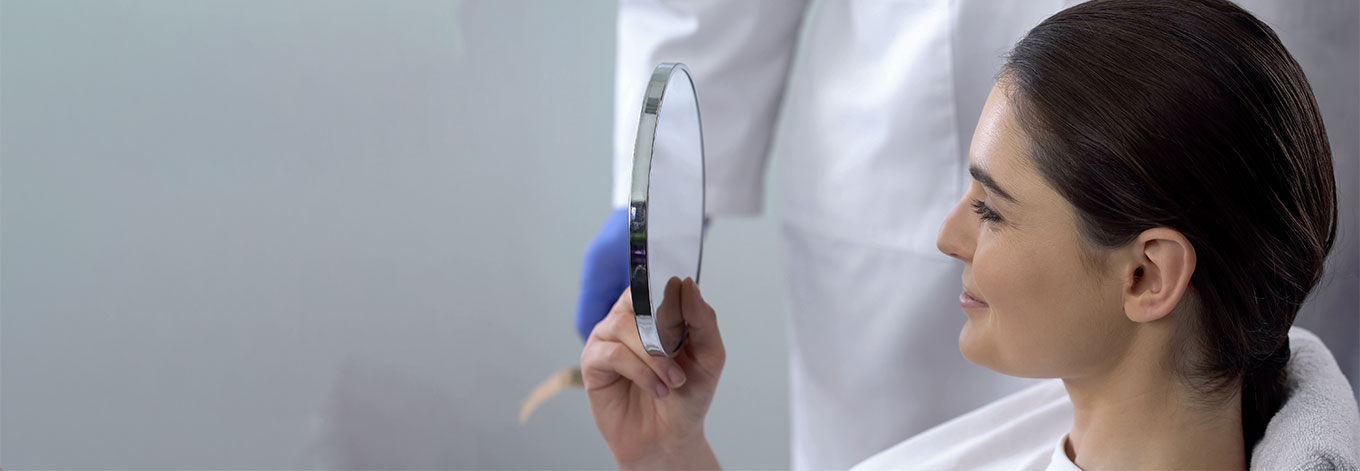Rhinoplasty FAQs
RHINOPLASTY NOSE JOB
When it comes to preparing for a rhinoplasty we thoroughly recommend doing your research and knowing all you can about the procedure so you are well informed. To help you we share some frequently asked questions about rhinoplasties.
What is a rhinoplasty?
A rhinoplasty is more commonly known as a nose-job. It is a surgical procedure often performed to improve its function and/or alter the shape.
What are the different types of rhinoplasty?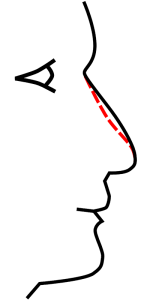
There are actually a few different types of nose reshaping procedures and which one you are suitable for will depend on the reasons you are choosing surgery.
A standard rhinoplasty is a full nose correction which includes alterations to the bridge, tip the nostrils. This is the option you would tend to go for if you are unhappy with the appearance of your nose.
A septo-rhinoplasty is similar to a standard rhinoplasty except changes are made to the cartilage partition in the nose and is a common procedure for those suffering with a deviated septum and other breathing difficulties.
A rhino-tip is just a correction of the tip and nostrils and is ideal if these are the only areas you wish to alter.
Your surgeon will best advice on which type of surgery is best for you in your initial consultation.
What makes me a good candidate for a rhinoplasty?
To be considered for nose correction surgery you must be in good health and over the age of 18. We prefer patients to be non-smokers or at least have plans to stop smoking before the operation and during the recovery time. We also ask that patients stop taking any blood thinning medications before surgery. The patient must also be realistic about their results and understand and adhere to the procedure and aftercare advice.
What does rinoplasty surgery involve?
A rhinoplasty procedure requires you going under general anaesthetic and can take up to two hours but this can vary on a case by case basis. It is recommended that you stay overnight in hospital after your procedure however if you have a rhino-tip correction performed under local anaesthetic then you will be able to go home after surgery.
What is the difference between an open and closed rhinoplasty?
This refers to the technique used by the surgeon.
An open rhinoplasty involves the incision being made at the base of the tissue between your nostrils. This technique allows the surgeon better access to the structure of the nose and is commonly used when more cartilage work is required.
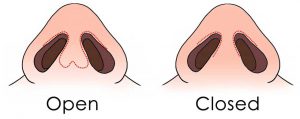
A closed rhinoplasty involves the stitches being made inside the nose which means any scarring is hidden and, working via the nostrils, the surgeon is able to remove or reshape the cartilage to create a new shape.
Each surgeon has their own preferences over which technique they would like to use and this is best discussed with them in a consultation.
How long does the swelling last?
Swelling can vary from case to case but generally it should subside within two weeks following surgery, with it still continuing to reduce over the next 4 months. There still may be residual swelling remaining which can take up to a year to fade.
We hope this has informed you in certain aspects of the procedure. We would highly recommend you attend consultations with a variety of surgeons and go armed with a list of questions, not only about the procedure but about the surgeon themselves, to ensure you pick the best person for the job.
Get the opinion of as many medical professionals as you can so you will know that your expectations are realistic as to what can be performed.
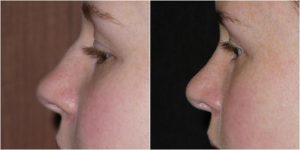
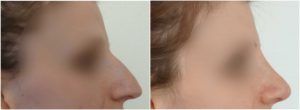
The Private Clinic
We believe the only way to achieve the very best results is to work with the very best staff. We have a respected team of some of the UK’s leading surgeons, including:
- Mr Navid Jallali in London
- Mr Davood Fallahdar in London
- Mr Adel Fattah in Manchester
- Mr Mrinal Supriya in Northampton and Birmingham
- Ms Helena Antoniadou in Manchester and Leeds
To find out more about rhinoplasty procedures or to book a consultation please call 0333 920 2471 or use our rhinoplasty online contact form.




